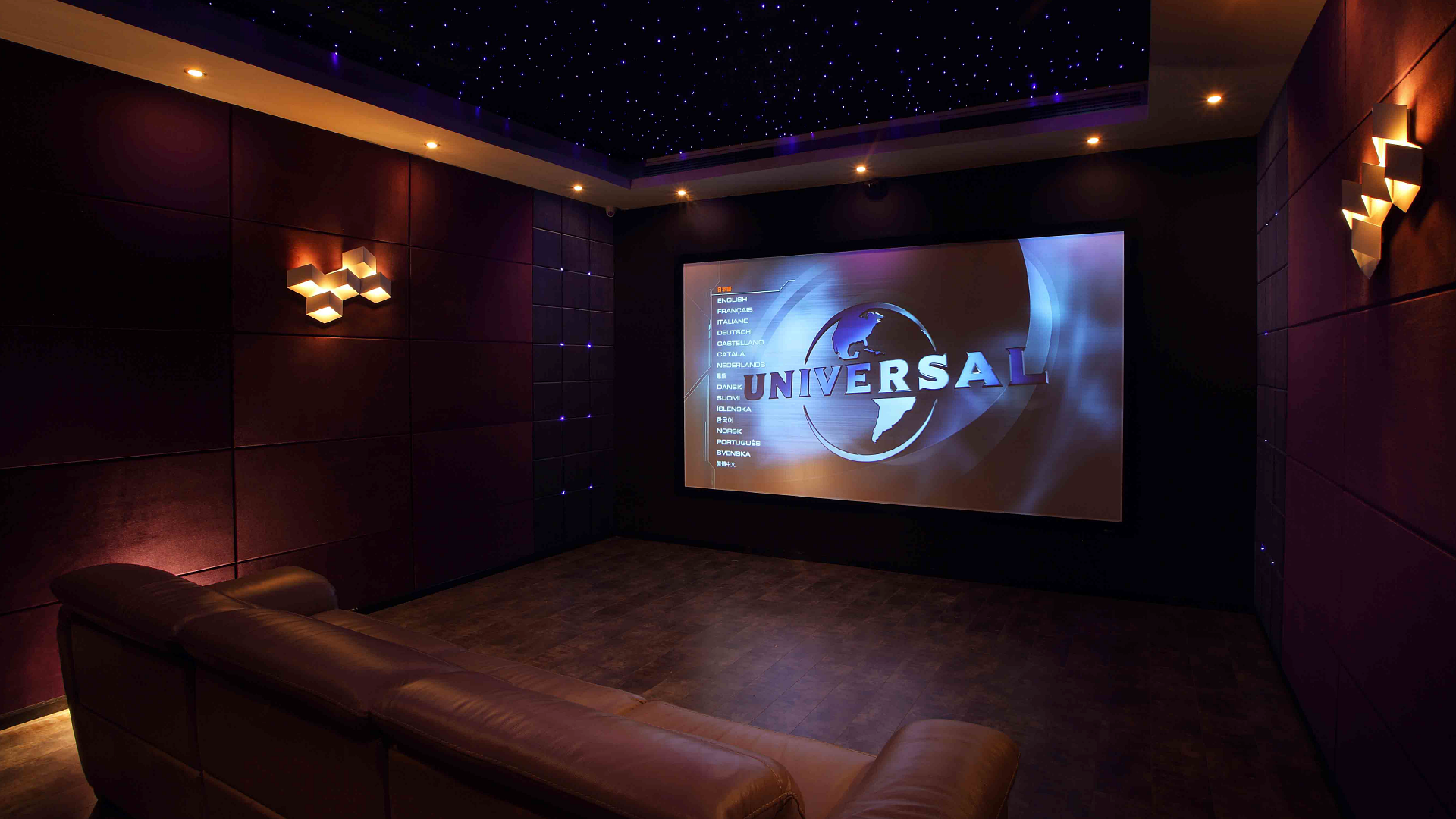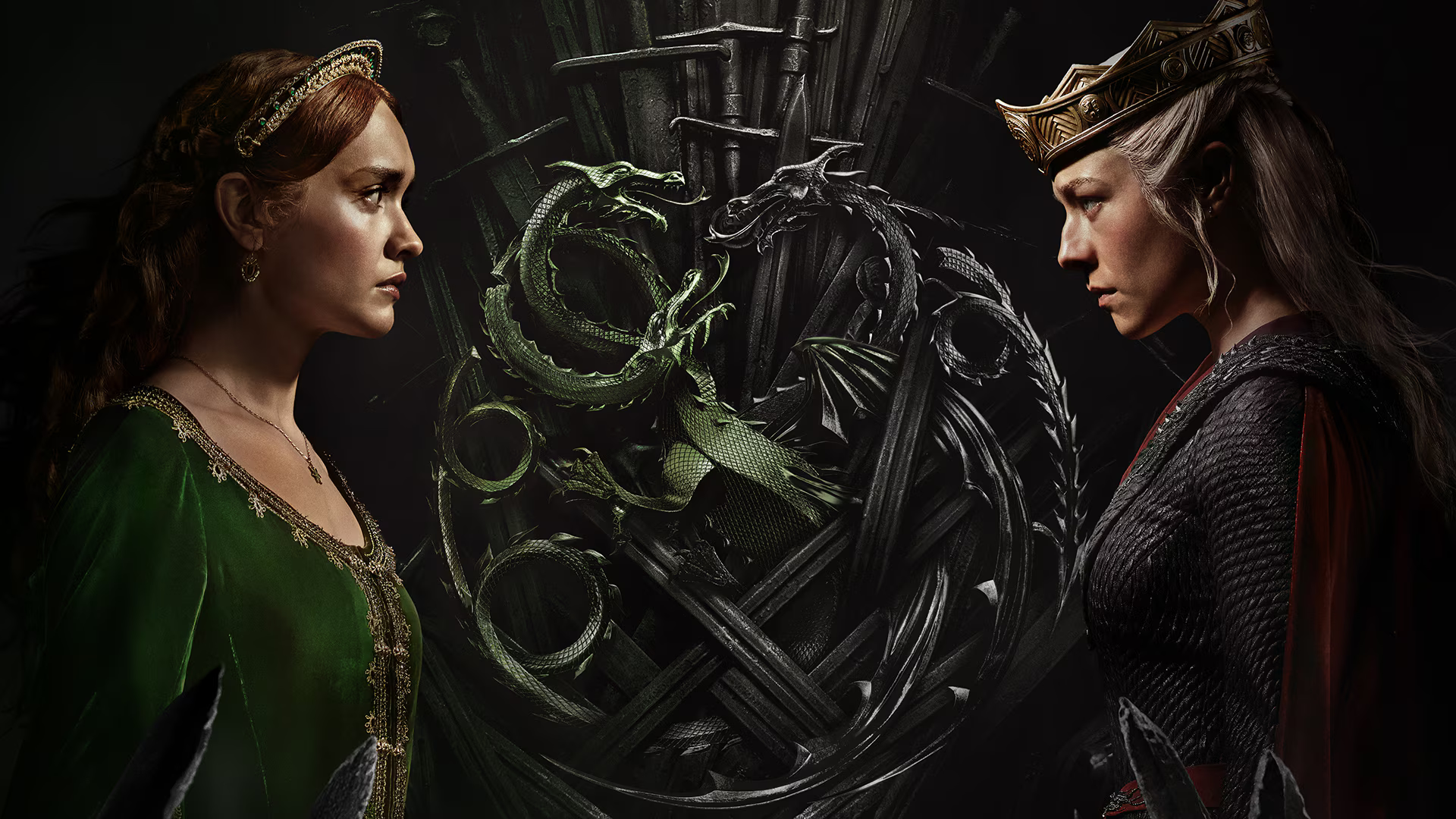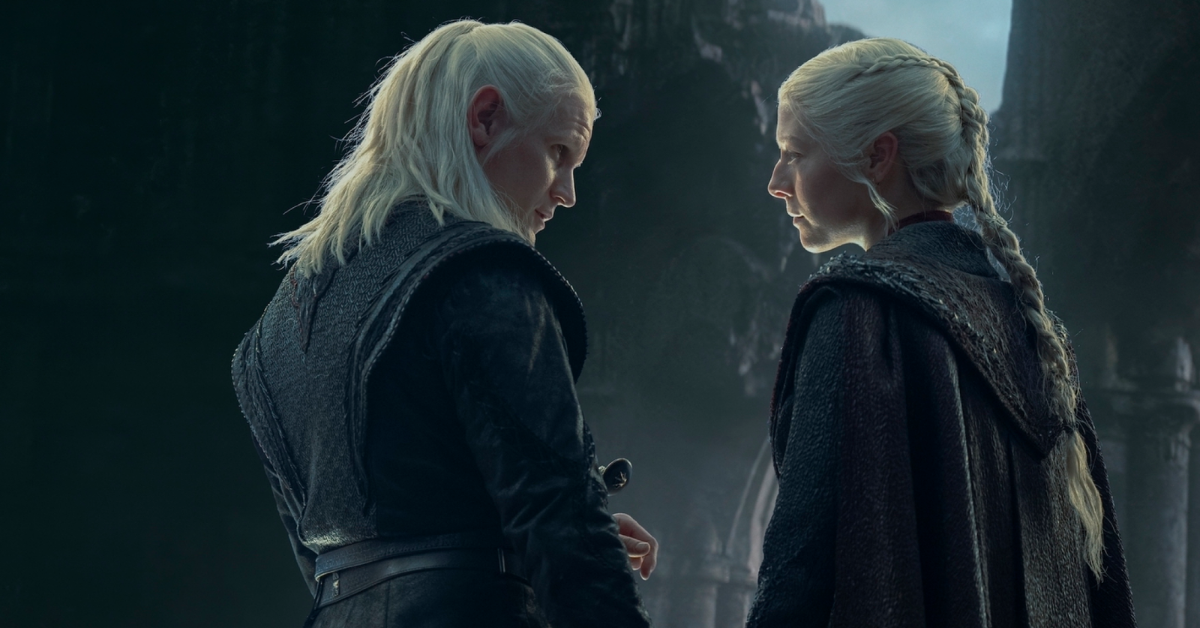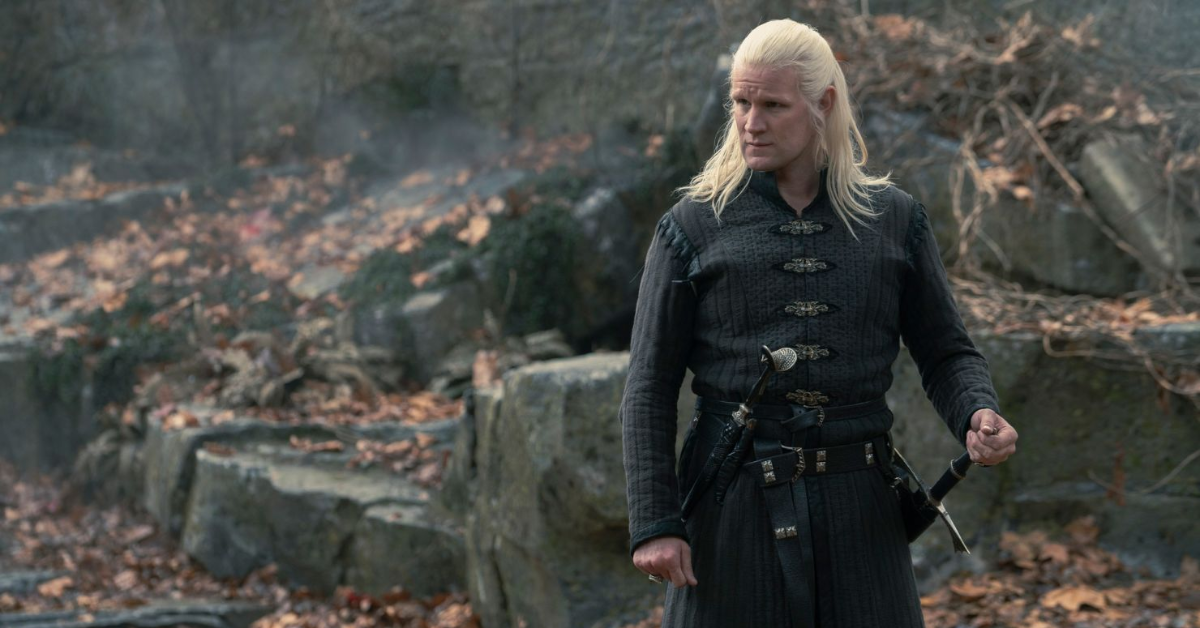“What we have to do is lift up the contributions of the Muslim-American community not when there’s a problem, but all the time. Our television shows should have some Muslim characters that are unrelated to national security. It’s not that hard to do.” – President Barack Obama upon his first mosque visit as POTUS in 2016

We are living in a weird and tumultuous time where fear and hate has resurfaced as a mainstream talking point. Between Donald Trump’s venomous demagoguery to the rise of ISIS, Islamophobia is everywhere this season so it may seem weird or unimportant to talk about Muslims and Islamic culture in fiction, but stick with me.

Muslims are mostly absent from American fiction and when they are represented it is usually as either a convenience store clerk, cab driver, terrorist of some kind, or the story is whitewashed and a white actor takes the part. This may sound like an oversimplification, but stereotyping has been a persistent problem in pop-culture against anyone who isn’t a white cis-gendered male since literally forever.
Obama continued, “It’s not that hard to do . . . there was a time when there were no black people on television. You can tell good stories while still representing a reality of our communities.” Having realistic representations of Muslim men and women is important with as much fear and misinformation that is currently swirling around. Diverse cultural representations have been shown to teach tolerance, acceptance, empathy, and love.
Psychologists have known for years that peaceful interactions between rival or antagonistic groups can eventually foster understanding. Historically this has played out during the Christmas Truce of 1914, Nazi POW’s befriending American citizens, and between Protestants and Catholics in Northern Ireland. Researchers are now looking into how tertiary relationships, i.e. positive fictional relationships between an “in-group” and an “out-group”, can promote empathy, tolerance, and understanding between groups of people.
 We can start out slowly with something almost all Americans can relate to, the story of a bespectacled 11 year-old English boy with messy hair, Harry Potter. Apparently Harry Potter is the go to book series when running experiments in tolerance. Loris Vezzali, a professor at the University of Modena and Reggio Emilia in Italy had an idea. He gave 5th grade students a survey in which they answered questions about their feelings toward immigrants. The students were then divided into two groups. Half of the children read and discussed passages from Harry Potter and the Chamber of Secrets that dealt specifically with the hateful rhetoric of Draco Malfoy towards Hermione calling her the derogatory term “mud-blood”. The second group read and discussed passages from the novel that did not deal with prejudices.
We can start out slowly with something almost all Americans can relate to, the story of a bespectacled 11 year-old English boy with messy hair, Harry Potter. Apparently Harry Potter is the go to book series when running experiments in tolerance. Loris Vezzali, a professor at the University of Modena and Reggio Emilia in Italy had an idea. He gave 5th grade students a survey in which they answered questions about their feelings toward immigrants. The students were then divided into two groups. Half of the children read and discussed passages from Harry Potter and the Chamber of Secrets that dealt specifically with the hateful rhetoric of Draco Malfoy towards Hermione calling her the derogatory term “mud-blood”. The second group read and discussed passages from the novel that did not deal with prejudices.
After 6 weeks the children took another survey to assess their feelings towards immigrants. Not surprisingly, the children who had read and discussed the prejudice of wizards like Draco had more positive feelings towards immigrants. The second group’s feelings were unchanged. Logical Conclusion. Most fear stems from the unknown and when you familiarize yourself with something, like a group of people, you begin to understand it and learn that there isn’t actually anything to fear. People discover that these “others” are just like you and empathy develops.
So it appears that Mrs. Jones, my 5th grade teacher was correct, reading is important which makes it is a shame that most American adults aren’t reading. Pew research found that 23% of Americans hadn’t read a single book in 2014. “That still means that 77% of adult Americans did read a book”, you say. Teens are also reading for pleasure less than ever before and parents reading to children have dropped from 45 minutes a day in 1999 to slightly over 30 minutes a day in 2013. Americans just aren’t into reading fiction and that is incredibly disappointing. Fortunately research shows that watching TV or live theater can also have a positive effect on fostering tolerance towards others.
 In the last 30 years, representation of African Americans, women, and LGBT people has increased on TV (as well as other underrepresented groups). Shows like The Jeffersons, I Love Lucy, The L Word, Will and Grace and most recently Transgendered and Orange is the New Black have put everyday Americans in contact with people outside of their “in-group”. Jeremiah Garretson, professor of political science at Stony Brook University, told Politics, Groups, and Identities that “Television still has the potential to be used to increase political tolerance, and eliminate racism, sexism, and heterosexism.”
In the last 30 years, representation of African Americans, women, and LGBT people has increased on TV (as well as other underrepresented groups). Shows like The Jeffersons, I Love Lucy, The L Word, Will and Grace and most recently Transgendered and Orange is the New Black have put everyday Americans in contact with people outside of their “in-group”. Jeremiah Garretson, professor of political science at Stony Brook University, told Politics, Groups, and Identities that “Television still has the potential to be used to increase political tolerance, and eliminate racism, sexism, and heterosexism.”
Garretson’s study found that frequent television viewers generally have more negative attitudes as compared with non-viewers when recurring portrayals of these minority groups are low. However, television viewers have similar or higher levels of social tolerance compared with non-viewers when recurring portrayals become frequent. This supports the argument that increasing televised portrayals of women and minorities on television can help increase social tolerance, but differences in the substance and quality of these portrayals likely condition this link.
So both anecdotal evidence as well as research done by experts much more qualified and intelligent than I am, shows that devouring media abounding in characters of different nationalities, creeds, and persuasions increases tolerance towards others. Now to apply this knowledge towards how Muslims and Arabs in general are displayed in pop-culture.
*(Spoilers, it’s not well).*
Let’s start with a little bit of history. The stereotypical representation of Muslims dates back to European imperialism and the idea of the mystical orient. The classic images of harems, belly dancers, turbaned men with scimitars, snake charmers, and sultans were represented in paintings and literature for hundreds of years. These tropes then transitioned to the silver screen and have been played out on film ever since. The incompetent Arab is played for comic relief, the lecherous or avaricious Arab is villainous, women are either sexualized belly dancers or bundled in black veils, and most recently that all Arabs are terrorists. Many of these stereotypes are all grouped together to make a Voltron of racism.

The incompetent Arab is usually played for comic relief. Films like True Lies has the primary antagonist playing the fool when the key to the nuke is taken and in the comical climax where he is strapped to a missile and shot into a helicopter of his compatriots. Indiana Jones: Raiders of the Lost Ark has Indy shoot a robed character after the Arab does a fancy sword display. This whole scene is played for comic relief.
The avaricious or lecherous Arab is usually a wealthy sheik or oil baron. In Cannonball Run II Jamie Farr plays a sheik who propositions a young women to “join his harem”. This trope is seen again and again in films such as Jewel of the Nile where Joan, Kathleen Turner, is kidnapped by a sheik. In the 1970s and 1980s a new fear that wealthy Arabs were attempting to buy up American soil or rule the world emerged and this fear was mirrored in Hollywood. Most notably the long winded diatribe in Network (1976), but the trope can be seen in Rollover (1981), Indiana Jones and the Last Crusade (1989), and Ernest in the Army (1998).
Arab women in film are always portrayed one of two ways: sexualized in shiny and/or see through garments belly dancing, or bundled up in black veils and used as scenery.

Usually if someone of Arab descent doesn’t fall into one of these above categories then they are a terrorist. The “Arab Threat” in Hollywood began after World War II and stems from three different events: the Palestinian Israeli Conflict, the Arab oil embargo, and the Iranian Revolution. Since “Washington and Hollywood spring from the same DNA” and since the United States government officially took the side of Israel, this has given Hollywood an easy villain. This Islamophobic attitude goes further than lazy screenwriters though as The Department of Defense has worked on plenty of films as consultants. Films such as Rules of Engagement (2000) have excelled at crafting a story that takes away Arab humanity and justifies American military actions against women and children. Most recently TV shows such as 24 and Sleeper Cell have crafted stories featuring Arab terrorists living among us just waiting to pounce. It is a fear-mongering that has demonized an entire culture.
Oftentimes, Arabs in film aren’t even Arab. They are white actors in brown-face which is obscene. John Rhys-Davies, a Welsh actor, played Sallah, “the best digger in Cairo” in Raiders of the Lost Ark and reprised the role in The Last Crusade. As mentioned earlier, Jamie Farr played a wealthy sheik in Cannonball Run II and Eugene Levy played an avaricious, comical villain in Father of the Bride II in 1995. More recently Jake Gyllenhaal played the Prince of Persia in Prince of Persia and then you have EVERY actor in Ridley Scott’s Exodus: Gods and Kings.

These are all played out stereotypes that we have seen on screen for decades. That is a problem. Aziz Ansari based an entire episode of his excellent Netflix series Master of None on the limited casting opportunities for Indian actors. He laments how they are type-cast as a racial stereotype ranging from generic background doctor to terrorist. And he is right. There are scant few depictions of Muslims on TV where they are shown as just normal folks. The kind of men and women who work jobs, hangout with friends, raise their children, go to schools, etc. You know. Normal things that white people on film are always doing. These are the kinds of depictions we need. These are the types of depictions that, when viewed, can help to breed tolerance because guess what, people are all the same and are just trying to move through life the best that they can. This is regardless of race, gender, religion, or orientation. Fortunately, there are several excellent characters who have earned mainstream appeal and there are more and more Muslim creators writing interesting characters.


I think most recently Ms. Marvel is the standout Muslim character in modern pop-culture. Kamala Khan is a Pakistani-American teenager living in New Jersey. Kamala, the first Muslim comic character to have her own title, was created by two Muslim women, Editor Sana Amanrat and writer G. Willow Wilson. Sana met with President Obama in March, 2016 who said, “Ms. Marvel may be your Sana’s comic book creation, but I think for a lot of young boys and girls, Sana’s a real superhero.”
Other positive depictions of Muslims in culture are Abed Nadir from Community, the depiction of Saladin was praised in Kingdom of Heaven, as well as films like Syriana, Three Kings, and Paradise Now. These characters work in these films because they are normal people. They do normal stuff that normal people do and their religion or race are not their defining characteristic. They have flaws and strengths. These traits are important in all fiction. As a society we are slowly moving away from these stereotypes, but dang it is taking a while so I applaud and encourage anyone and everyone who writes, paints, directs, acts, and creates to depict human characters who don’t fit inside just one box.
Fortunately Muslim creators continue to attain mainstream success. G. Willow Wilson has written several comics and novels, some of which have Muslim protagonists. There are several organizations whose purpose is to promote Muslim writers. In recent years Science Fiction has become a haven for Muslim creativity because sci-fi has always been an avenue to freely talk about social or political issues. Creators like Aziz Ansari, though no longer a practicing Muslim, have had breakout roles on TV and in comedy. Things are getting better! As more positive Arab characters appear in fiction people will become more empathetic and inclusive of other cultures and everything will be wonderful and there will never be any problems ever again… Or at the very least we’ll have more interesting TV.
The GoodTrash Media team is dedicated to bringing you all of your post-popculture discussion to one place. We believe movies are more than just 90 minutes and a bucket of popcorn and we that discussion with you! Follow the GoodTrash Media Network on Twitter @Good_Trash




Leave a Reply